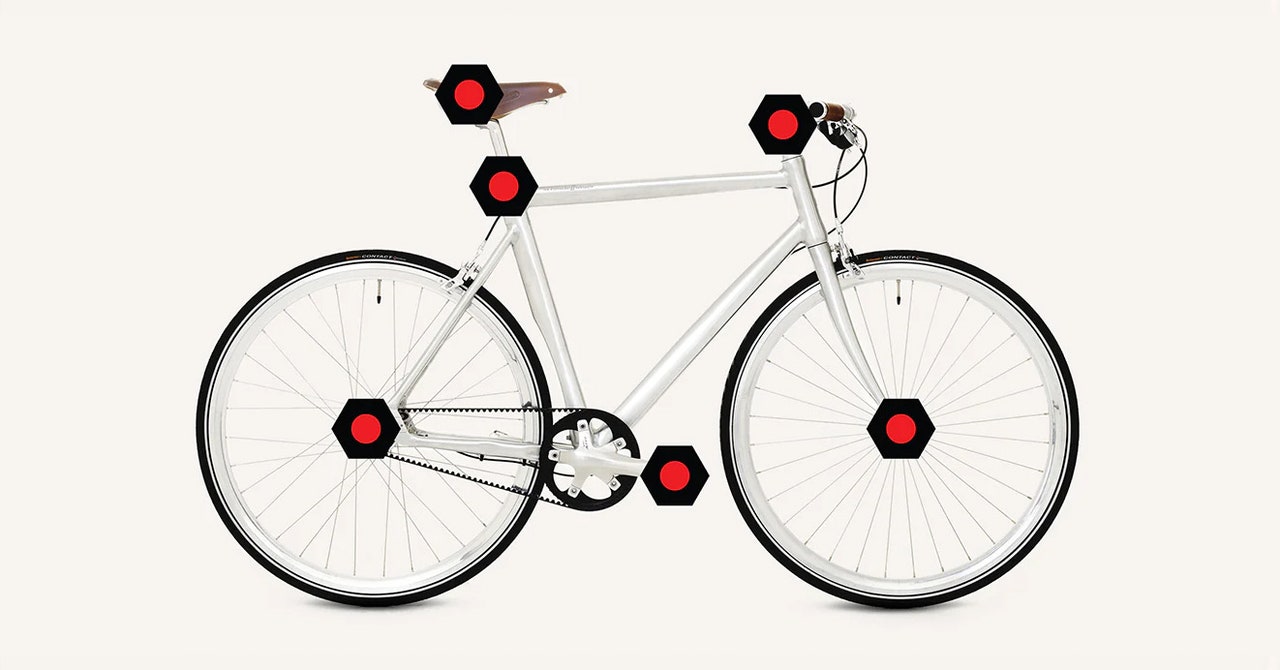
Back in high school, I had a friend who’d never wear his seat belt. His reasoning was ridiculous. “If you drive off a cliff, a seat belt isn’t going to help you,” he’d say. What he failed to grasp was that no one expects a seat belt to protect them from cliffs or asteroid strikes. It’s there to to keep you from having the airbag embedded in your face when a distracted driver plows into your rear bumper.
Like safety, security isn’t all-or-nothing. Yet many cyclists invoke the same kind of reasoning when it comes to securing their bikes. “Any thief can get your bike if they want it bad enough,” they’ll say. True, but master bicycle thieves aren’t hiding around every corner. Most thieves are opportunistic and in a hurry. You don’t need to make your bike impenetrable; you just need to make it a less attractive target.
What Thieves Want
When I began using my Propella 7S (8/10, WIRED Recommends) as a subway replacement to run errands during the pandemic, I was afraid to leave it locked up for five minutes to pop into a café for a coffee. So I began looking into solutions.
My $120 Loading Dock rack screams “steal me.” Parts with brand names on them are especially vulnerable, since there’s a used marketplace for stolen goods. The Brooks Saddle, a premium, English-made seat in production since 1898, is also a favorite target of thieves. It draws a lot of attention and takes just 20 seconds and an Allen wrench to pop off the two screws that attach it to the seat post.
You may not even think your bike is a target, but what looks nice to you does tend to look nice to a thief. Top targets for theft are the wheels, saddle, and seat tube. The top cap and stem faceplate are also high-value, because popping those off means the thief gets everything attached to the handlebars, including your shifter, brake levers, and LCD screen (if you’ve got one). Secondary targets for theft include the pedals, crank arm and crankset, handlebar grips, shifter, derailleur, and brake calipers. None of these components on the Propella are particularly pricey.
The greediest thieves go for the whole bike, and their tactics might trick you. They’ll remove a crucial part, like a pair of pedals, that disables the bike and is easy for them to carry around and reattach later. If their plan works, the owner will leave the bike overnight, and the thief will return in the dark to cut off the lock, pop the pedals back on, and ride it away.
Old-School Security
Bike enthusiasts have long jury-rigged solutions to keep thieves from going full vulture on their rides. Remember Buckyballs? Cyclists would place these tiny, magnetic spheres into the heads of Allen bolts, blocking the ability to unscrew them. It’s unlikely a thief would have a magnet handy to remove them, yet the owner could remove it easily with a spare magnet. Unfortunately, many of the smaller sizes useful for inserting into bike bolts were banned for sale in the US because kids were swallowing them. Neodymium magnets also have a nasty habit of rusting into place.
Another trick that old-time cyclists showed me was to superglue a nonmagnetic ball bearing into the bolt head. Removing these is a pain, though. You need to use acetone or non-acetone nail polish remover to dissolve the glue whenever you want to remove the part.






